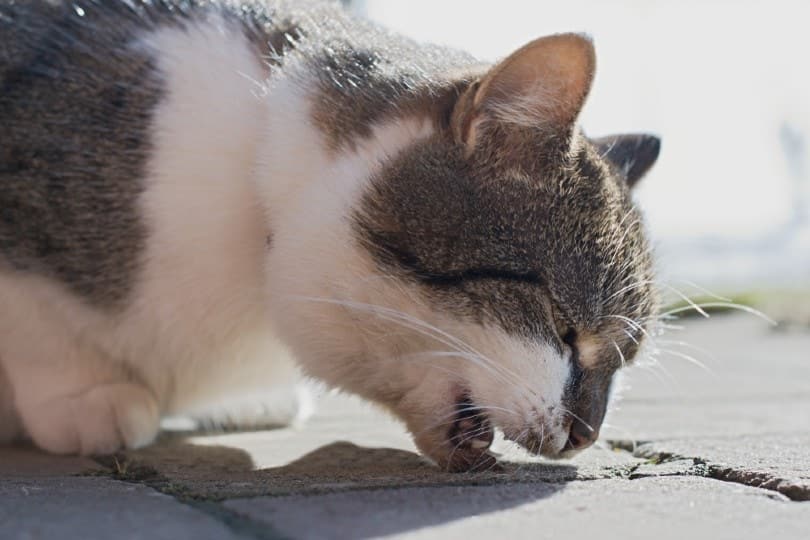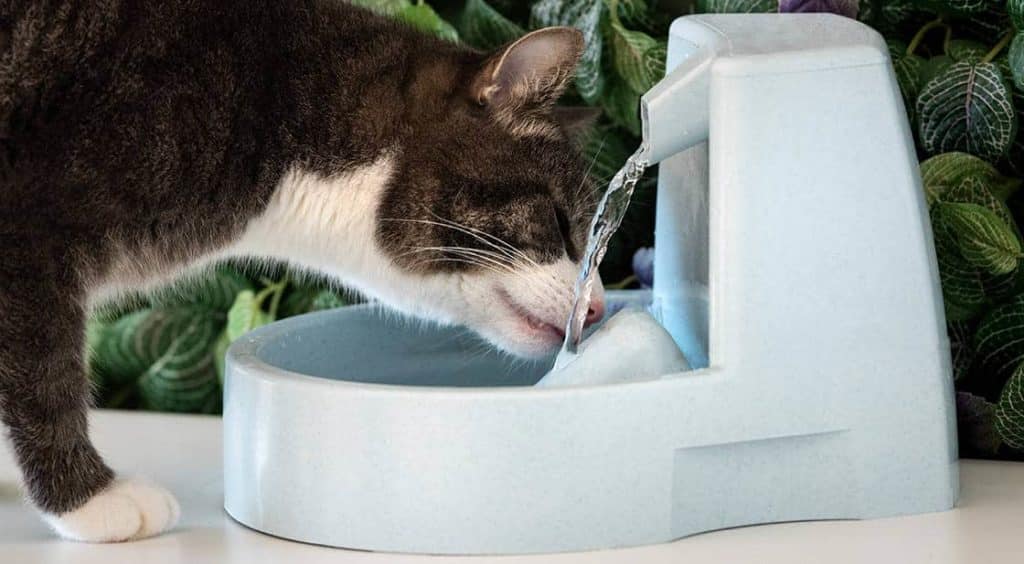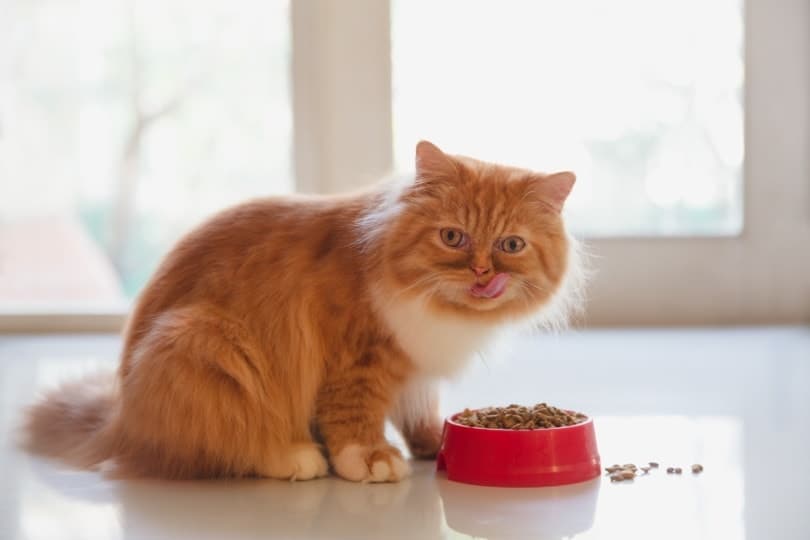Are you a soda lover who can’t go a day without a big, tall glass of your favorite fizzy drink? If you’re also a cat owner, maybe you’ve seen your cat drink some leftover soda you left in a glass. Or perhaps you’re simply wondering if you can share some of your favorite soda with your cat.
Soda drinks are a no-go for cats because the ingredients in these beverages, like sugar, caffeine, and syrup, aren’t healthy for felines. Even worse, many sodas contain artificial sweeteners that a cat’s body cannot process well, which could lead to some health issues.

Consider What’s in Soda
If you take the time to read the side of a soda bottle or can, you’ll soon realize that it contains many ingredients that aren’t good for cats. Many soda drinks contain carbonated water that gives them the fizz that humans love. They also contain things like high-fructose corn syrup, caffeine, citrus flavorings, and carbon dioxide to make the beverages carbonated. Last but not least, most sodas contain sugar in one form or another, which isn’t healthy for cats to ingest.
Caffeine is one of the unhealthiest ingredients for cats to ingest. In fact, cats can develop caffeine toxicity if they consume a lot of caffeine. Some symptoms of caffeine toxicity in cats that typically show up within an hour of consumption include:

- Restlessness
- Hyperactivity
- Panting
- Vomiting
- Rapid heart rate
All these signs of caffeine toxicity can last several hours, depending on how much caffeine was ingested. The lesson to take away here is that any beverage containing caffeine should never be given to a cat!
Soda Won’t Poison Your Cat, But It Isn’t Good for Them
Soda isn’t likely to poison your furry little pal if he drinks some. So, you don’t have to worry if your cat takes a lick or two of your soda when you’re not looking. However, you should not offer soda to your cat, even if he begs for some, because soda contains many unhealthy ingredients that simply aren’t good for them.

What Liquid Treats You Can Offer Your Cat
Water is the best thing for cats to drink because it’s good for them. If you would like to offer your cat something more interesting to drink as a treat, you should be careful because cats can’t tolerate just any liquid.
If you want to give your little pal a tasty and healthy liquid treat, give him some natural bone broth. As a carnivore, your pet cat will likely lap up every last drop of bone broth that’s brimming with meaty flavor and packed with lots of proteins and fats your cat needs.
You can also mix a little tuna juice into your cat’s drinking water and watch him come running to take a drink. Like bone broth, the juice from canned tuna tastes great to cats and it’s good for them in small amounts. Just be sure you go for tuna packed in water and not oil and to only give it occasionally.
Another liquid treat you can give your cat is goat’s milk. As a cat owner, maybe you know you’re discouraged from giving your cat cow’s milk because it’s high in lactose, which can cause an upset stomach or gas. Goat’s milk contains far less lactose than cow’s milk, which means it doesn’t cause stomach distress or gas in cats; cats love the taste of it. Just be sure to play it cool with goat’s milk and only give your cat a little bit now and then as a treat instead of substituting it for water.

How to Feed Your Cat to Keep Them Healthy
To help ensure your cat can live a long and healthy life, he needs to eat a proper feline diet. Your cat is a carnivore, which means he relies on the nutrients found in animal products.
Your cat needs high amounts of protein, a moderate amount of fat, a few carbohydrates, and several essential nutrients, including some vitamins, minerals, fatty acids, and amino acids.
You should provide your cat with quality cat food that meets all its nutritional requirements. And don’t forget to put fresh drinking water in your cat’s bowl every day because he needs to stay well-hydrated.


Conclusion
Cats should not drink soda because it’s not good for them. If you want to give your cat a liquid treat now and then, go with something healthier like bone broth, goat’s milk, or some tuna juice mixed in with the drinking water. Always feed your cat a nutritional diet and give him plenty of water so your little buddy will be a part of your life for a long time!
Featured Image Credit By: NaughtyNut, Shutterstock










